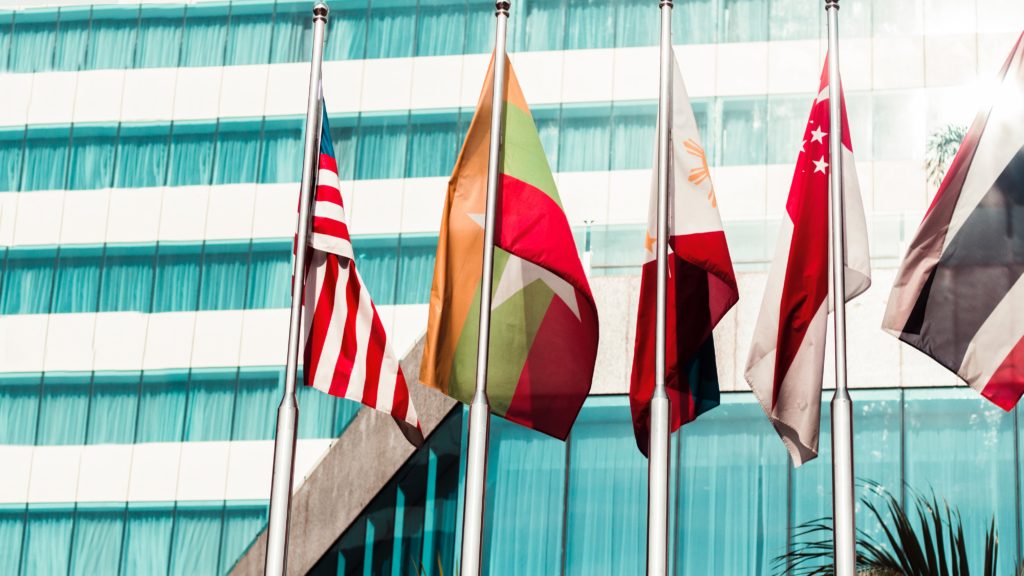
WELCOME TO THE SCHOOL OF GRADUATE STUDIES – UMES
FAQ’s
What is the major difference between the two options?
Students who are reinstated continue on their previous SEVIS number from the issued I-20. Students who choose travel and reentry are considered initial status students. This is most important when considering eligibility for Optional Practical Training or Curricular Practical Training . Students who reenter using a new I-20 will be required to complete one academic year before becoming eligible to apply for off-campus employment.
What are the costs associated with each option?
Reinstatement in the U.S: USCIS charges an I-539 application fee.
Travel and reentry: There is the $200 SEVIS fee, plus any expenses incurred for travel and visa applications.
Which option is the least risky?
Each option has its risks. If your application for reinstatement is denied, you will be required to depart the U.S. immediately. If you are denied re-entry at the border, you may be required to return home immediately from the port of entry.
May I continue to study while my application for reinstatement is pending?
Yes, you must continue to study in order to maintain your F-1 status.
May I continue to work on-campus while my application for reinstatement is pending?
No. Once it is determined that you have violated your student status, you must stop working immediately.
How long will the reinstatement process take?
Reinstatement applications take approximately six to fifteen months.
Can I reenter from Canada or must I return to and reenter from my home country?
It is recommended to go to your home country. Students have gone to Canada without issue; however, you must already have a valid visa to enter Canada, if needed. The Canadian Consulate will not issue an entry visa to students with “initial attendance” I-20s.



